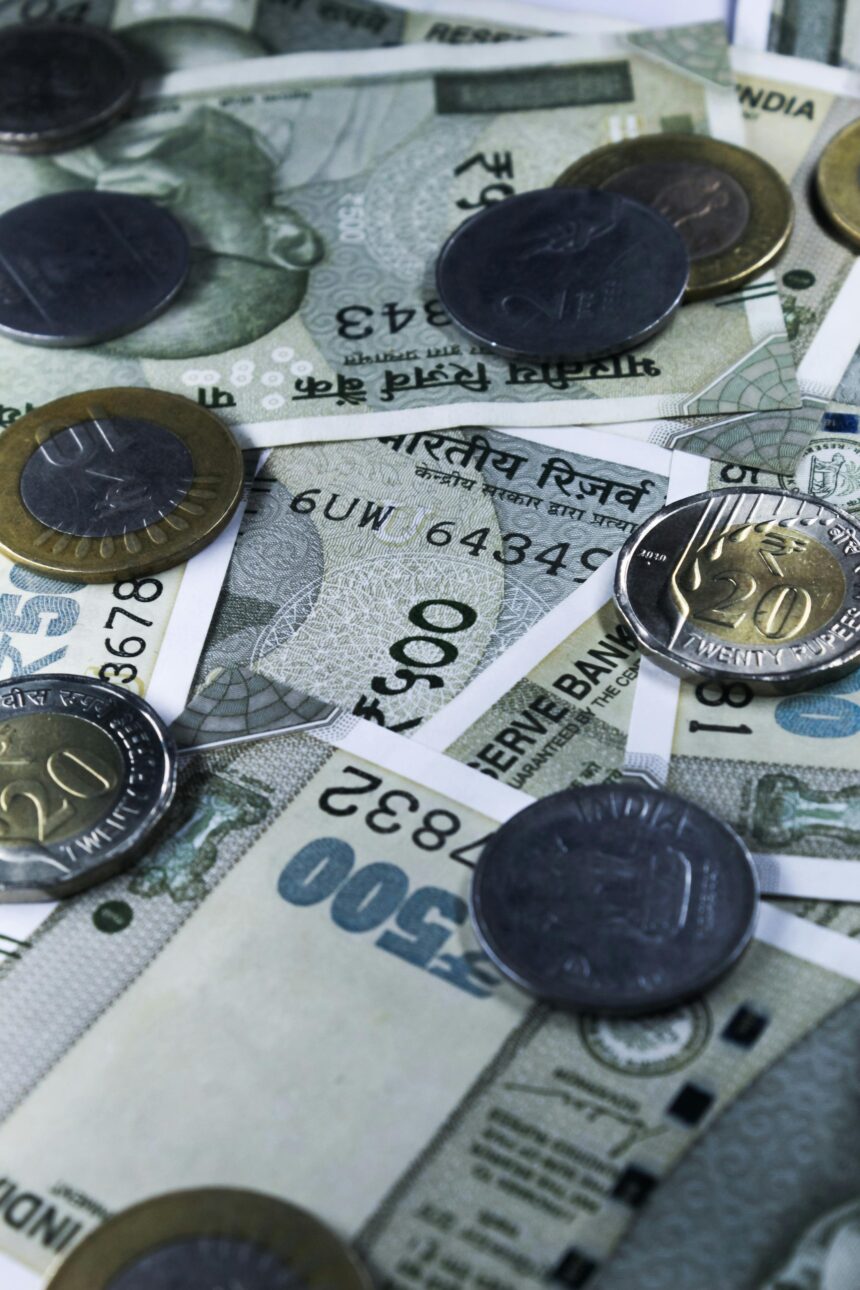Balancing Heritage Preservation and Economic Development in a Historic Landmark
Key Metrics:
- Tourist Footfall: Over 3.5 million visitors in 2024, generating ₹500 crore in revenue (Ministry of Tourism).
- Local Employment: Tourism supports 25,000 direct and indirect jobs in Fatehpur Sikri (Uttar Pradesh Tourism Department).
- Infrastructure Allocation: ₹100 crore allocated for tourism development under the Swadesh Darshan Scheme in 2024 (Ministry of Tourism).
- Conservation Budget: ₹50 crore allocated for heritage preservation under the ASI’s 2024-25 plan (Archaeological Survey of India).
Fatehpur Sikri, 2025 – A UNESCO World Heritage Site and one of India’s most celebrated Mughal-era monuments, Fatehpur Sikri has long been a centerpiece of cultural tourism. With its intricate architecture and historical significance, the site draws millions of visitors annually, making tourism a critical driver of the local economy. However, as visitor numbers grow, the question arises: Can Fatehpur Sikri balance its reliance on tourism with the need to preserve its heritage and ensure sustainable development?
Tourism’s Role in the Local Economy
Tourism in Fatehpur Sikri generates ₹500 crore annually, contributing significantly to the local economy, as per the Ministry of Tourism. The Uttar Pradesh Tourism Department estimates that 25,000 people benefit directly or indirectly from tourism, working as guides, artisans, shopkeepers, and hospitality staff. For many, the influx of visitors during peak seasons is a lifeline.
The government has also invested heavily in tourism infrastructure. Under the Swadesh Darshan Scheme, ₹100 crore was allocated in 2024 to improve connectivity, upgrade amenities, and promote the site globally. The project has enhanced visitor facilities, including improved signage, ticketing systems, and parking spaces.
Challenges Facing Sustainable Tourism
Despite its economic importance, the rapid growth of tourism has introduced several challenges:
- Heritage Degradation: The Archaeological Survey of India (ASI) reports that increased footfall has accelerated wear and tear on Fatehpur Sikri’s monuments, with structural cracks and erosion evident in some areas.
- Overcrowding: The site frequently experiences overcrowding, particularly during weekends and holidays, which strains facilities and diminishes the visitor experience.
- Limited Community Benefits: A report by the Indian National Trust for Art and Cultural Heritage (INTACH) highlights that only a small fraction of tourism revenue benefits local communities directly, leaving many reliant on seasonal income.
- Environmental Impact: Unregulated waste disposal and vehicular emissions have raised concerns about pollution around the site, according to the Central Pollution Control Board (CPCB).
Voices from the Ground
Local stakeholders express both optimism and concern about the site’s economic reliance on tourism. “Tourism provides our livelihoods, but the crowds can be overwhelming, and it’s hard to maintain the site’s beauty,” says Ramesh Gupta, a local guide. Artisans like Seema Devi, who sells traditional crafts near the entrance, add, “We need better support to promote our products and connect with tourists.”
Tourists, too, have mixed experiences. “The architecture is stunning, but the lack of crowd management makes it difficult to truly enjoy the visit,” says Priya Sharma, a tourist from Delhi.
Government Initiatives
The government has launched several programs to address these challenges and boost sustainable tourism:
- Heritage Conservation: The ASI’s 2024-25 budget includes ₹50 crore for conservation efforts, focusing on structural repairs and erosion control.
- Tourism Circuits: Fatehpur Sikri has been integrated into the Agra-Mathura heritage circuit under the Dekho Apna Desh initiative, promoting it alongside other iconic sites.
- Digital Transformation: E-ticketing and guided audio tours have been introduced to enhance visitor convenience and reduce onsite congestion.
Recommendations for Economic Growth and Sustainability
Experts emphasize the need for a balanced approach to leverage tourism for economic growth while preserving Fatehpur Sikri’s heritage:
- Carrying Capacity Limits: Introduce daily visitor caps to prevent overcrowding and minimize structural strain.
- Community Development: Invest in local skill development and infrastructure to ensure that tourism benefits extend to surrounding communities.
- Green Initiatives: Promote eco-friendly practices, including waste segregation, renewable energy use, and low-emission transport options around the site.
- Promotion of Off-Season Tourism: Encourage year-round visitation to reduce seasonal pressure on infrastructure and local businesses.
The Road Ahead
Fatehpur Sikri stands as both a testament to India’s rich cultural heritage and a critical economic resource for the region. While tourism has brought significant benefits, it also demands thoughtful management to ensure the site’s long-term sustainability and community inclusion. The question remains: Can Fatehpur Sikri’s tourism model evolve to meet modern demands without compromising its historic legacy?


Leave a Reply